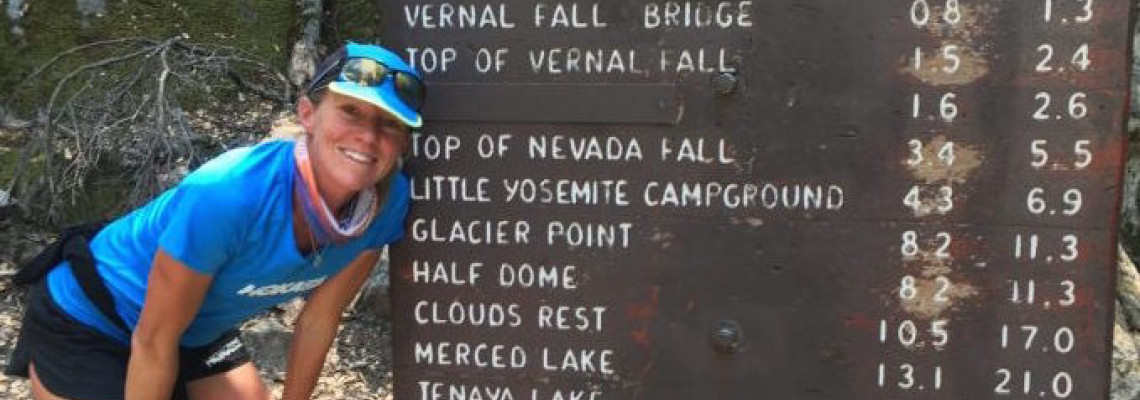What were the most inspiring, difficult, fast, or just plain ‘out-there’ FKT’s last year? A panel of 27 runners reviewed the 22 Nominees (selected from the hundreds of FKT’s reported last year), voted for their top 5, and the Results are below. A hot discussion this year was the widening gap between Unsupported and Supported efforts – some people did their whole route solo, while others utilized ‘race-level’ support for the first time – they had pacers the whole way, while carrying only minimal food or water themselves. And as always, there were blazing fast runs on very popular routes, along with some insane efforts in the backcountry lasting over a month. How does one decide which to vote for? Which style of FKT won? Read on!
WOMEN
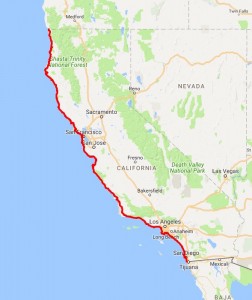
#4 (tie)
California Coastal Trail OKT, (Self-Supported) California
Natalie Larson; 44d,18h,40m; 8/20-10/4
What:
The CCT combines wilderness, beach, and urban running/hiking for 1,200 miles along the coast of CA. An OKT (Only Known Time), Larson’s Self-Supported trip was an adventure in every sense, and was documented by satellite tracking and an evocative, complete report.
The voters said:
“It’s not the time she set as the audacity of the project: A young woman running alone though urban, suburban and wilderness. Her trip report reminds me of why I started doing FKT’s.”
“Love the pioneering spirit and solo pursuit – the best kind of FKTs.”
#4 (tie)
Grand Canyon Rim-to-Rim (N-S), Arizona
Alicia Vargo; 3h,19m,23s; 11/8
What:
While the Rim-to-Rim-to-Rim (R2R2R) has been a major target for decades, the R2R has seen relatively little interest. The previous women’s best (set S-N) was done as part of the R2R2R. Vargo gave the R2R a serious shot on its own, which may inspire more women to go after this logical route.
The voters said:
“The Grand Canyon attracts strong performances. Alicia’s time is solid.”
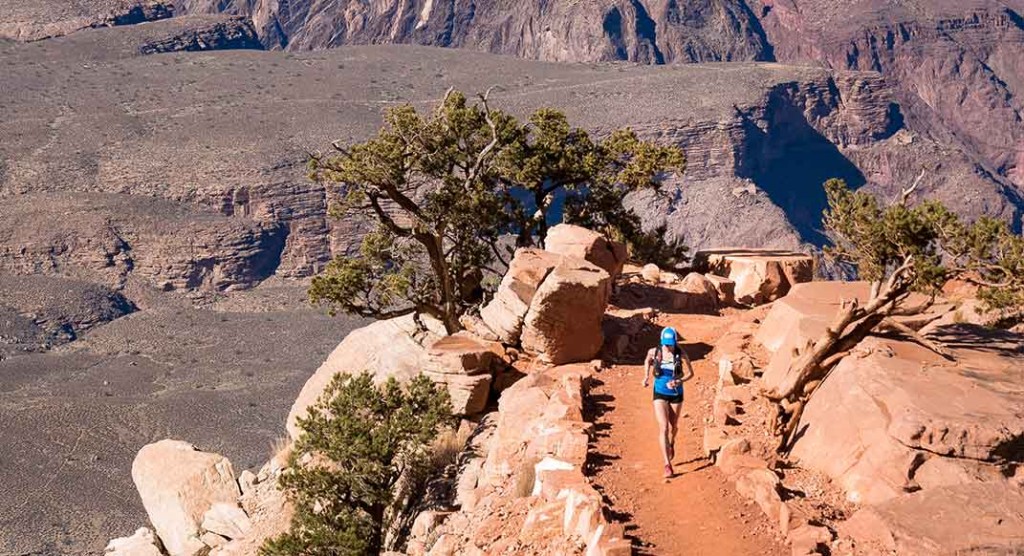
#3
Ozark Highlands Trail, (Supported), Arkansas
Ashley Nordell; 2d,10h,46m; 10/27-29What:
Nordell has the fastest time Overall (Women & Men). The previous best was also by a woman, Jenny Foster, 2d14h25m (2009).
The voters said:
“Faster than any men!”
“Solid effort and overall FKT! What’s not to love?”
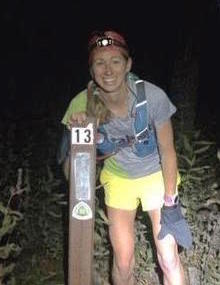
#2
Grand Canyon R2R2R, (Supported) Arizona
Cat Bradley; 7h,52m,20s; 11/15
What:
The R2R2R is one of the most classic routes in the world. Bradley made it a major goal, and turned in an excellent result, besting besting Bethany Lewis’ 2011 FKT by more than 23 minutes.
The voters said:
“Badass time on a highly contested, ultra-classic route.”
“R2R2R is becoming as supported as a race, especially the way Cat did it. But still it is a fast time and it’s impressive.”
“Elite run by an elite ultrarunner with elite crew and pacers – like a ‘Pro-FKT’ – but awesome”
“I loved her comment that WS100 (which she won) didn’t matter, only the Canyon mattered. I think comments about support and pacing are irrelevant for this route.”
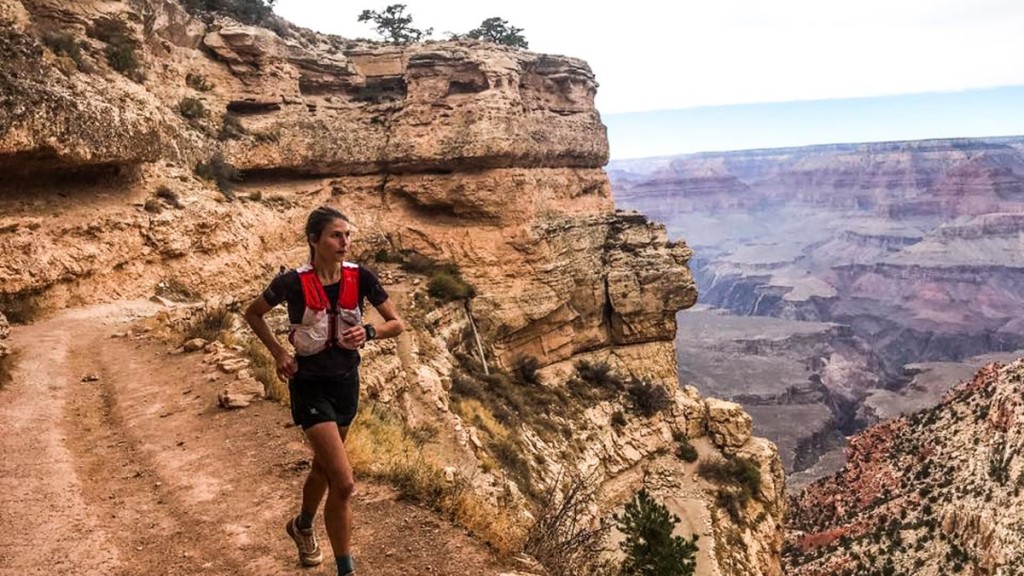
#1
John Muir Trail, (Supported), California
Darcy Piceu; 3d,7h,57m ; 9/15-17
What:
Piceu smashed the 10-year-old FKT of Sue Johnston by a whopping 12 hours. There was some controversy because of a small and unintentional route finding error: Piceu (and pacer Betsy Nye) took the Mist Trail part of the way down into Yosemite Valley, very near the end.
The voters said:
“I Would’ve ranked her higher, but IMO knowing the official Trail and successfully staying on route are part of what differentiates FKTs from marked courses!”
“She just blew away the competition. Yes a route-finding error, but since she didn’t gain any time, I excuse this digression.”
“She broke a long-standing record, and even threatened the men’s record. It was a huge leap in what’s possible for women.”
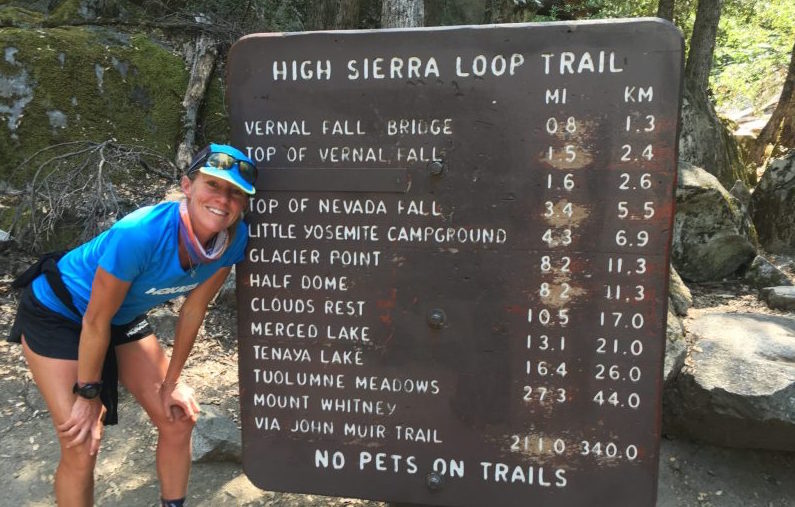
MEN
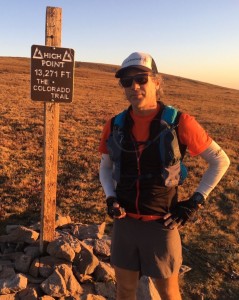
#5 (tie)
Colorado Trail, (Supported) Colorado
Bryan Williams; 8d,0h,30m; 8/26-9/3
What:
Williams took the Collegiate West option, which is a little longer (83 vs. 78 miles), with more vertical gain and a generally higher altitude, than the Collegiate East route taken by other FKT trips. Nevertheless, he beat Scott Jamie’s 2013 time by over 7 hours.
The voters said:
“Bryan had his sights set on the CT for sometime. Like Cat, he did is recon, his homework, then sheer drive got it done.”
“I recall Scott Jaime talking about that pain and suffering that will be required to beat his time.”
#5 (tie)
Presidential Traverse, New Hampshire
Ben Thompson; 4h29m55s; 7/6
What:
This popular and logical route traverses the Presidential Range in NH. Since 2009 the FKT has been traded back and forth several times between Ben Nephew, Ryan Welts and Jan Wellford, often beating each other’s times by just a few minutes. Ben Thompson took nearly 5 minutes off of Nephew’s 2013 time.
The voters said:
“This is classic FKT stuff: a strong local community of talented guys and gals constantly challenging each other to take it up a notch!”
#5 (tie)
Colorado’s Highest 100 Peaks, (Self-supported/Self-powered), Colorado
Justin Simoni; 60d,14h,59m,42s (OKT); 7/18-9/16
What:
Following on 2014’s self-supported / self-powered tour (and FKT at the time) of Colorado’s 58 14ers, Simoni upped the ante to include the highest 100 peaks in the state; he biked to then climbed every official summit over about 13,800’. The high 13ers are more obscure and some are technically more challenging than the 14ers. Simoni biked 1,720 and hiked 624 miles, and gained enough vert to get into outer space – 247,810′ by foot and 136,374′ by bike.
The voters said:
“Innovative, badass, logistically over-the-top challenging… just WOW.”
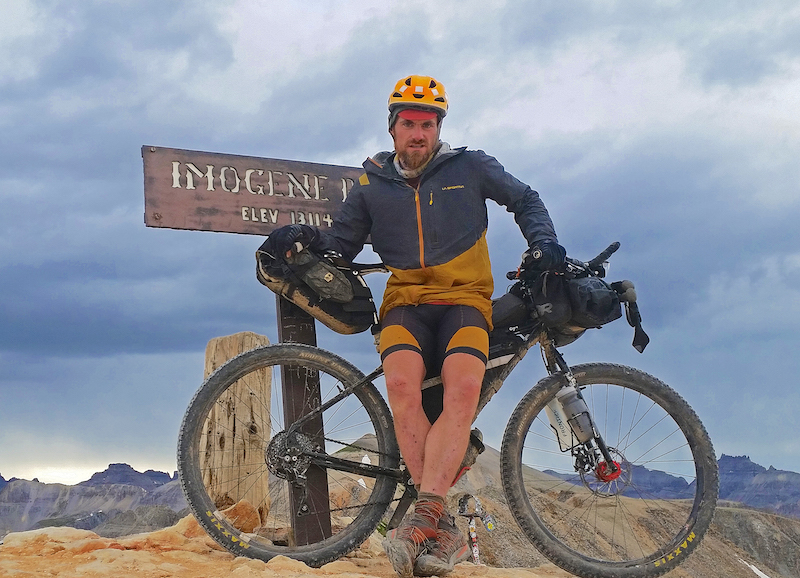
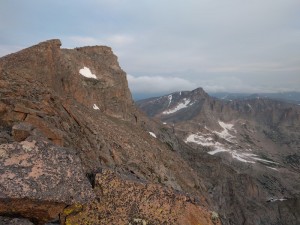
#5 (tie)
LA Freeway, Colorado
Matthias Messner; 16h,59m; 8/6
What:
The LA Freeway links Longs Peak with South Arapaho Peak in Colorado’s Rocky Mountain National Park and Indian Peaks Wilderness. The route follows the crest and summits all the peaks, traversing roughly 34 miles, mostly above 12,000’ elevation, and requires numerous sections of 4th and 5th Class climbing. While this was envisioned by Carl Pfiffner in the 1950s, it wasn’t completed in a seamless push until 2002, when Buzz Burrell did it in 2 days with a bivouac. Messner was only the second person to complete the LAF, and he set an entirely new standard by doing the route in only 16h59m.
The voters said:
“My intimate knowledge of this route makes me one of the few that will understand how amazing this time is. I could see this time standing for a decade and we shouldn’t wait that long to acknowledge it.”
“An amazing time on an almost mystical route! Absolutely world class.”
“This is an extremely niche route that I hope will gain greater prominence (it’s SO GOOD!), but will always be limited by its technical nature and locals-knowledge needed to really kill it. Which is fine. That’s what FKT’s are all about, really.”
#4
Holy Nolan’s OKT, (Supported), Colorado
Andrew Hamilton; 71h,32m; 6/29-7/2
What:
Hamilton is the undisputed King of the Colorado 14ers, holding the FKT for CO 14ers (all 58 peaks). This was his 3rd Nolan’s finish, and he holds the FKT for doing the Nolan’s route Unsupported. Here he added Holy Cross, to link up all fifteen 14ers in the Sawatch Range in one push that added about 25 miles of on & off-trail travel to Nolan’s. Besides being the first to finish “Holy Nolan’s”, he set the Nolan’s FKT in the process (which was later superseded by Iker Karrera.)
The voters said:
“Cleans up the entire range in one go. Mind-blowing endurance.”
“I always wondered why the Nolan’s folks left the Holy Cross straggler… this guy finally did it!”
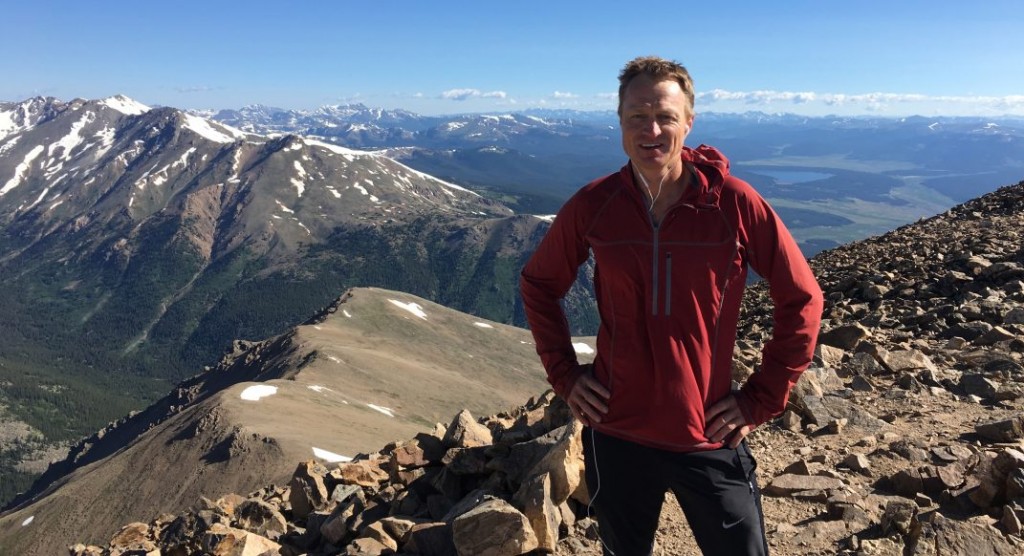
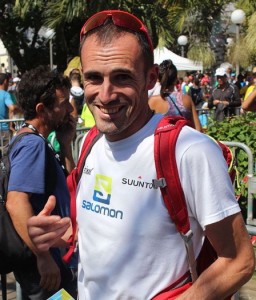
#3
Nolan’s 14 (Supported), Colorado
Iker Karrera; 47h,40m; 8/1-3
What:
A Colorado classic that has attracted international attention, this is a very sturdy route: 14 summits over 14,000’, about 100 miles, 44,000’ of vert, and half off-trail. Iker bested Andrew Hamilton’s time from June (see above) by 6h2m, which included significant time spent being lost.
The voters said:
“It’s all about route finding and game-time decisions when shit hits the fan (which it will when there is no trail).”
“This is number one for me because it’s a super demanding, physically and mentally, requiring a sense of adventure and braving the elements, and it’s very prestigious.”
“Iker didn’t bring the massive Euro support machine, but rather slotted himself into the local culture and ethic. He’s humble, and he’s really good.”
#2
John Muir Trail (Supported), California
Francois D’Haene; 2d,19h,26m; 10/14-17
What:
The 2017 UTMB winner smashed the previous supported FKT by over 12 hours, running the route northbound, and was the first person to complete the route under 3 days. His approach was unusual in that by choosing to run in mid-October he gave up daylight in exchange for cooler temperatures and easier access to hiking permits for the area. He also had pacers the entire way, probably a first.
The voters said:
“I didn’t vote for Francois D’Haene’s JMT, because it seemed “too supported”, maybe beyond the spirit of FKTs for a true wilderness route.”
“Huge advancement here; will pacers the entire way be the new norm on the JMT?”
“Francois crushed it with a brilliant combination of athletic ability, unmatched support, and a unique approach of doing the route in October.”
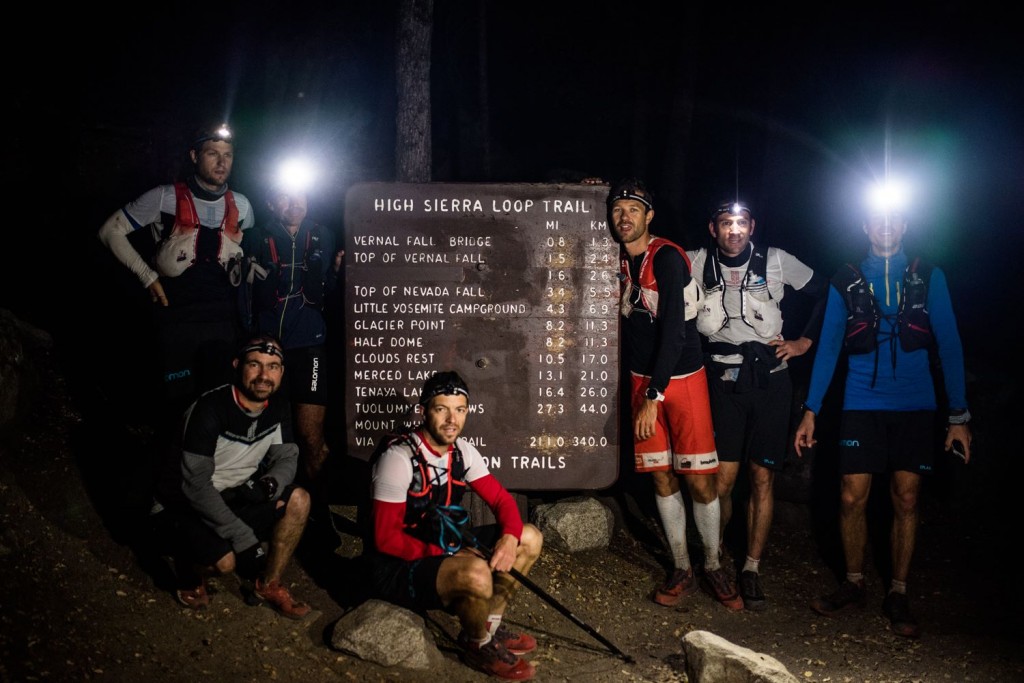
#1
Appalachian Trail, (Self-Supported), East Coast
Joe McConaughy; 45d,12h,15m; 7/17-8/31
What:
The AT has a long history of very strong efforts, with the men including David Horton ’91, Pete Palmer ’99, Andrew Thompson ’05, Scott Jurek ’15, and Karl Meltzer ’16, all Supported. “Stringbean” bettered them all while going Self-Supported, being 10 hours faster than “Speedgoat” from the previous year.
The voters said:
“World-class ultra-runners with support, and he beat them self-supported.”
“No one to feed him, no one to massage him, no one to pop his blisters, no one to do his laundry, no one to shop for his food – #1 no brainer.”
“Joe McConaughy pulled off an FKT on the AT without any of the normal hoopla that seems to accompany modern ‘ultra-runner’ attempts.”
“Everyone who finishes this thing in an FKT-style effort is necessarily a hollow shell by the end. To keep taking care of oneself with no help throughout that entire process should not be underestimated. The clear winner.”
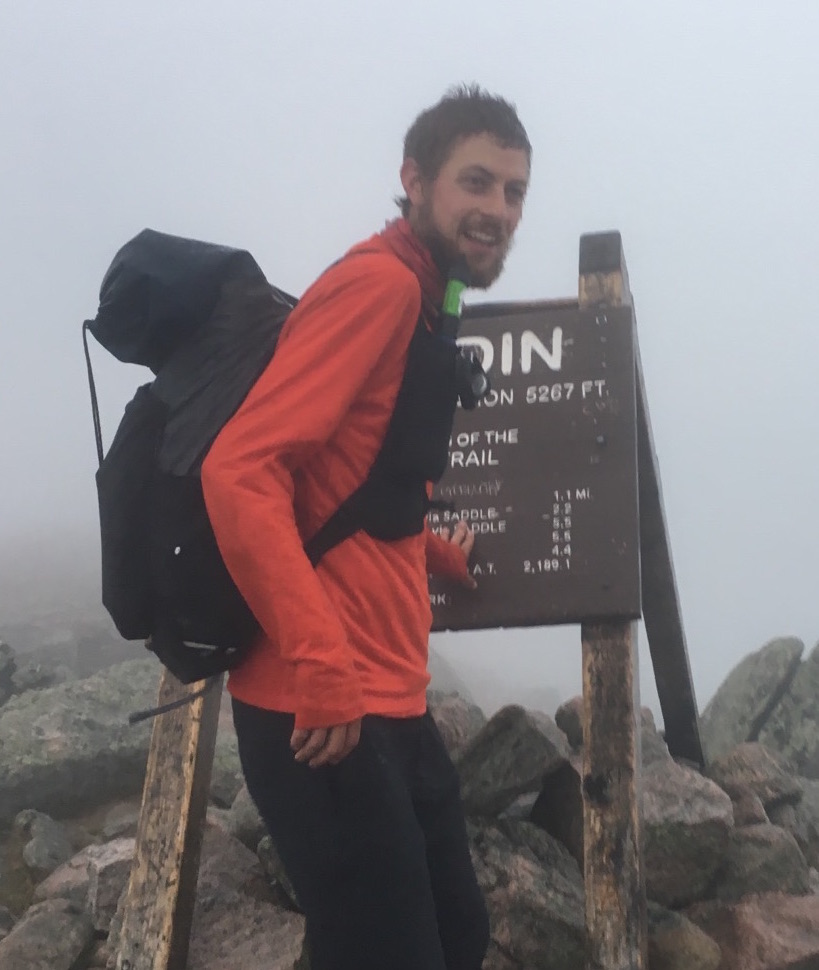
SUMMARY
Democracy works! None of the 23 Voters came close to picking all 10 winners (a famous now-former FKT holder came closest :-). Utilizing a diverse group of voters is a brilliant way to decide – all personal favorites and biases are erased through democracy, and the result reflects the whole community. The Tie for #4 Female is a great example: Natalie spent 44 days solo hiking/running the entire coast of California in a true personal adventure, while Alicia (with two friends minutes behind her) smoked the Rim-Rim in the Grand Canyon in a little over 3 hours – and these two received the exact same number of voting points (30)!
For the first time, two non-American citizens nabbed the #3 and #2 spots for Men (the Ultra Runner of the Year Award is only for NA residents, while the FKTOY is open to anyone; the route itself has to be in NA). Our experienced European correspondent had an interesting perspective:
“Here in Europe, most of the FKT attempts on iconic routes such as the GR20 in Corsica or the Pyrenean Traverse are big operations. Kilian, François, Julien … they all pushed limits using multiple pacers, aid station crews, change of equipment. Which makes me wonder, will a European will come after the AT FKT in the years to come? Sub 40 days supported by brands like Salomon w/ pro film crew? Is it a good or bad evolution?”
So which is better: Supported or Unsupported? Long and hard, or short and fast?
The community has spoken: Those distinctions do not matter! What’s cool is cool; we are inspired by verve, vision, and commitment no matter the distance, and badass is badass, no matter how you do it.

